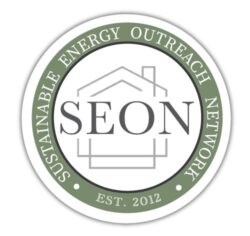Jason Van Nest, a renowned New York City-based architect and educator, is at the forefront of blending award-winning design with cutting-edge technology in the architecture field. With accolades spanning from solo Vermont home designs to the iconic renovation of NYC’s Pier A, Jason’s expertise doesn’t stop at just creating aesthetic marvels. As an educator, he’s illuminated minds at institutions like Yale and NYIT, diving deep into the integration of responsible design, BIM & VDC technologies, and modern modular strategies. Beyond the classroom, his consultancy extends to prominent firms like SHoP and CookFox, emphasizing the transformative power of technology in architectural project delivery. A fellow of MacDowell and Byrdcliffe, Jason’s service on numerous non-profit boards showcases his dedication to giving back, including his current role with the Sustainable Energy Outreach Network. Now, with the debut of LOGIC BLOCKS™ (his Building With Logic systems), Jason is set to revolutionize sustainable construction, reaffirming his commitment to a smarter and more ecologically sound architectural future.

SEON: Logic Building Systems aims to be a game-changer in the construction industry. The idea of reducing construction waste by 35% and cutting CO2 emissions by 40 to 60% is truly remarkable. How did you develop the core principles that drive Logic Building Systems ‘ sustainability agenda?
Jason Van Nest: Thanks! Logic is all about “Building a better way.” We’re frustrated that home construction hasn’t changed all that much in over 100 years. We’re still building kitchens and bathrooms the way our great-grandparents built theirs… with individual trades working one-after-the-other in the same space. No wonder homes are unaffordable and the construction industry is among the most wasteful!
SEON: Manufactured Housing and Modular construction has been around for a while. How is Logic leading improvements in the space?
JVN: Right! There is a 100-year history of spotty successes and dismal failures in the US modular construction space. Two of the first questions we asked were “What makes modular so hard?” and “With such strong cost and sustainability benefits, why hasn’t it taken off?!” I think the answer is clear: current modular practices are not manufacturing, but instead an expensive form of indoor construction. That difference is huge.
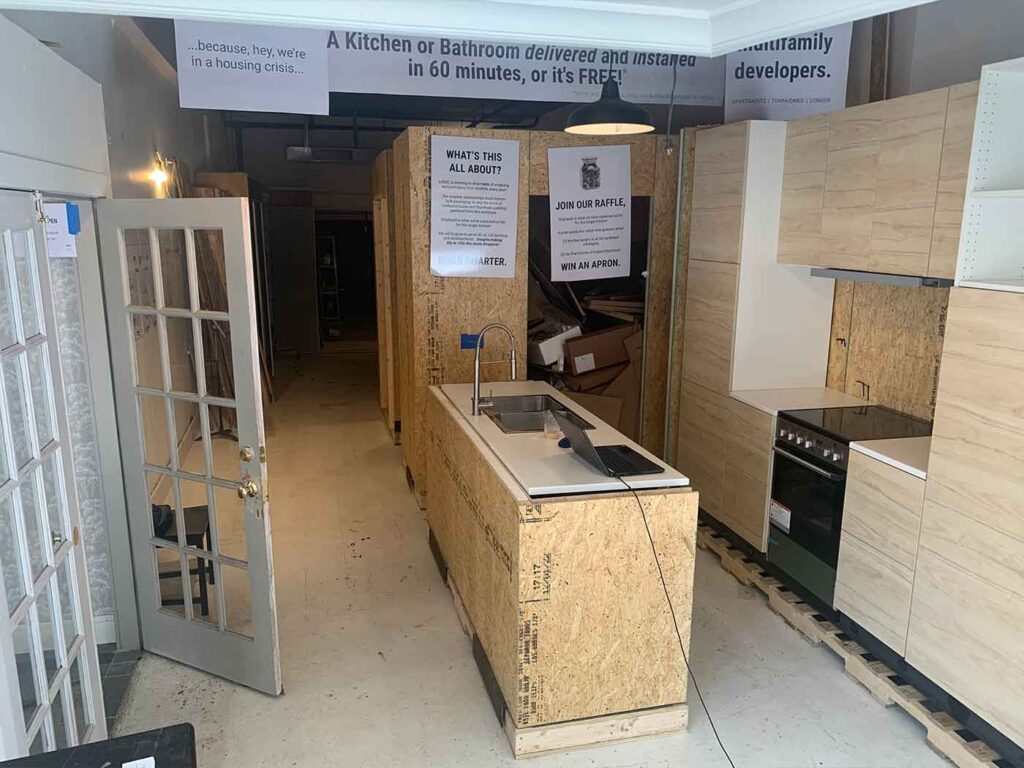
SEON: Could you elaborate on how your approach combines the benefits of manufacturing and traditional construction to create a seamless building process?
JVN: It’s pretty simple: for a big portion of the affordable housing market, the same kitchen could work in a 750 ft2 apartment or a 1150 ft apartment. We deliver kitchens and bathrooms to standardize that complex plumbing, electric, and appliance coordination – all to a higher quality. As a result, architects can focus on the construction of the building shell. They can concentrate on careful access to light and air, which demonstrably improves people’s lives.
SEON: The modular kitchen and bathroom units you’ve introduced under LOGIC BLOCKS™ are intriguing. How are these units created?
JVN: We’re streamlining our production process now, but visitors see a resemblance to an automotive factory. An assembly line starts with a kitchen or bathroom structural chassis. Sub-components are carefully staged and added. Finishes are applied last. We’re revisiting, “How do we best weather-wrap finished modules?” next month.
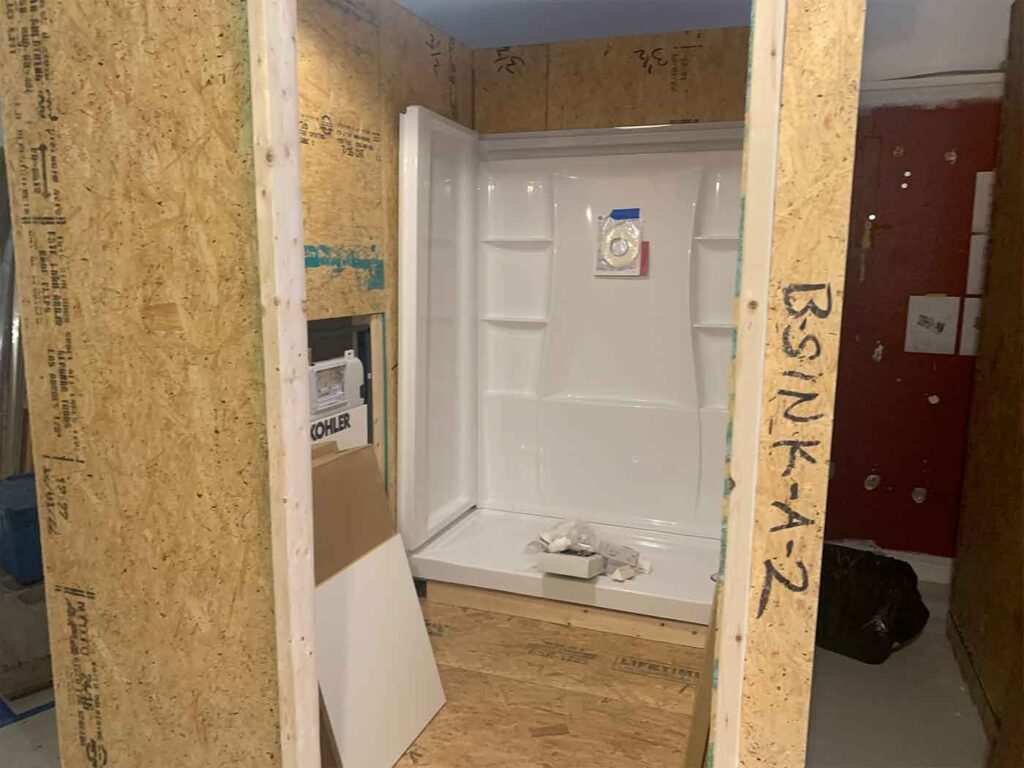
SEON: One of the most exciting aspects of Logic Building Systems is its potential for mass customization. Could you explain how architects and designers can harness your technology to create unique living spaces while maintaining the efficiency of offsite construction?
JVN: The key innovation in 20th Century manufacturing was its consumer interface: people bought out of a catalog. Sears & Roebuck sold whole houses out of their catalogs until 1940! Today, consumers expect the ability to gently modify their choices. When Amazon knocked Sears off of the S&P500, part of that success was because consumers could not just choose a jacket, but the color, shipping method, etc. Our customers want the same experience. So they choose appliance options, cabinet styles, and even hardware finishes.
SEON: The construction industry has historically been slow to adopt new technologies. How have you navigated the challenges of introducing such a transformative approach, and what responses have you received from builders and developers?
JVN: That’s a painful understatement. Other industries have had two or three technological revolutions while the cost of building a home has steadily risen – to impossible highs – over the same decades. Developers are tired of watching these costs go up and up, and regularly meet with us to get a short list of the builders willing to try modular tech.
SEON: It’s clear that Logic Building Systems has a strong focus on environmental impact. Can you detail the engineering and design considerations that allow your modular units to reduce waste and emissions so significantly?
JVN: There’s no secret sauce, just common sense. When a tradesperson is on site and under deadline, they tend to over-order supplies and make installation mistakes (they’re only human). No worker can afford to let a missing part or unique drawing condition hold up other waiting trades. In contrast, we manufacture the same product, reducing those mistakes. We bulk-order materials to cut down on packaging waste. We consolidate deliveries to cut down on CO2 emissions. We re-use our cut-offs on the next module, so there’s just a lot less material going into the dumpster.
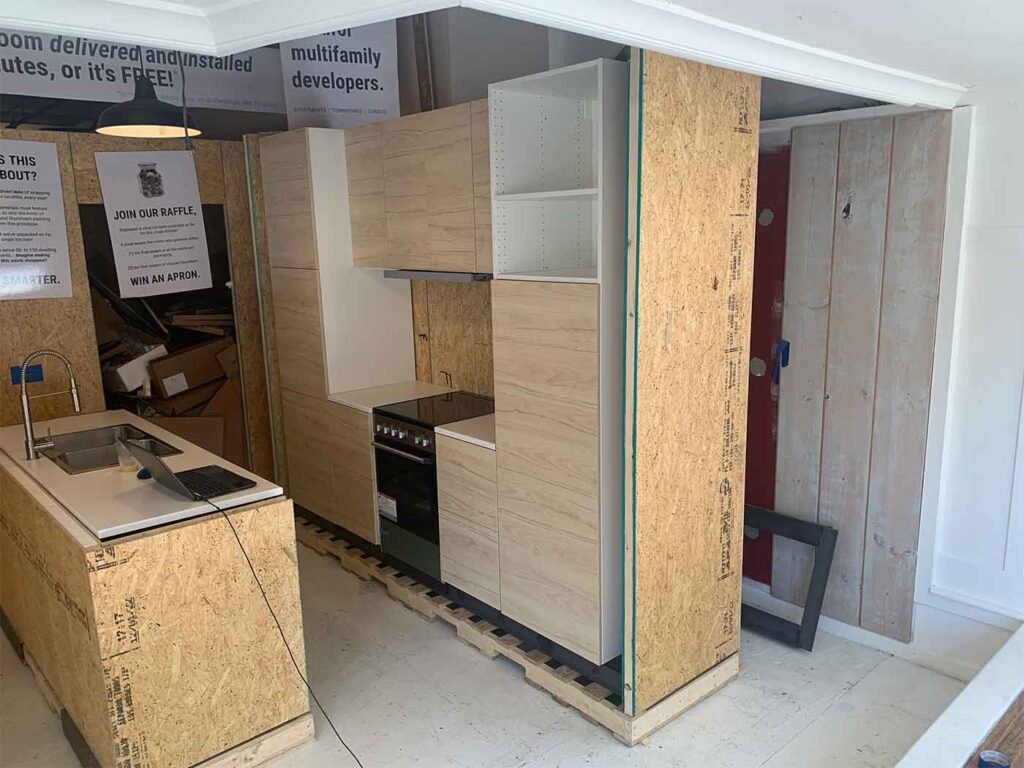
SEON: Your mission to bridge the gap between construction and sustainability is commendable. How do you see Logic Building Systems contributing to addressing broader societal issues, such as affordable housing and urban development challenges?
JVN: Affordable housing is a community resource and economic necessity. When we lack access to affordable housing, we all lose ground on addressing equity issues, we can’t make progress on diversity issues, and (arg!) we styme economic growth. This is why Logic is building our advanced prototypes in a retail storefront, in downtown Brattleboro, VT. We want folks to visit, talk, and share ideas. Solving housing needs is a whole-community project, involving zoning officials, designers, bankers, and builders. Logic wants to keep all these stakeholder sharing ideas!.
SEON: Modular construction, while efficient, might raise concerns about quality. How does Logic Building Systems ensure that the end product maintains the highest standards of construction while embracing offsite manufacturing?
JVN: We aim to build the finest quality kitchens and bathrooms at any price point. It’s true that manufactured homes have generally been associated with lower quality housing products, with thinner walls, flimsy connections, and insubstantial finishes. These are all mistakes Logic is careful to avoid. We’ve been practicing the way our modules are assembled for years, while every plumber or electrician freshly walks into each new project. While they are negotiating unique arrangements, new materials, and changing personalities, we can press the advantages of practice, refinement, and efficiency.
SEON: The term “mass-customization” is intriguing in the context of construction. How do you envision this concept evolving, and what kind of impact could it have on the way buildings are designed and constructed?
JVN: When we need to replace exercise shoes, only the richest people patronize a cobbler for a custom pair of sneakers. That footwear would cost thousands! Yet, this style of commissioning is how architects and builders deliver most kitchens and bathrooms! There are lots of reasons why, but generally, every trade has their own internal product standards. Lumber is framed at 16” on center, but cabinetry is made at 3” increments. Our modules regularize all those standards, to get them working in harmony. That efficiency leaves room for a little play in the style of cabinet face or hardware pull. Everyone tends to have strong emotional responses to the parts of architecture that we can touch.
SEON: Given that labor shortages are a significant challenge in the construction industry, how has Logic Building Systems approached the issue of skills training and bridging the gap between traditional construction and your innovative methods?
JVN: I’ve been a professor of architecture for over 15 years, and before that, I was leading crews of volunteers for the Atlanta Chapter of Habitat for Humanity. Simply put, teaching-on-the-job makes long projects more meaningful and worthy. From its inception, the Logic factory was planned to be an easy commute from two trade schools because we want to host co-op programs where … say… future plumbers first practice installing the same toilet a few times, before stepping into 75-year old homes to problem-solve more complicated sanitation issues.
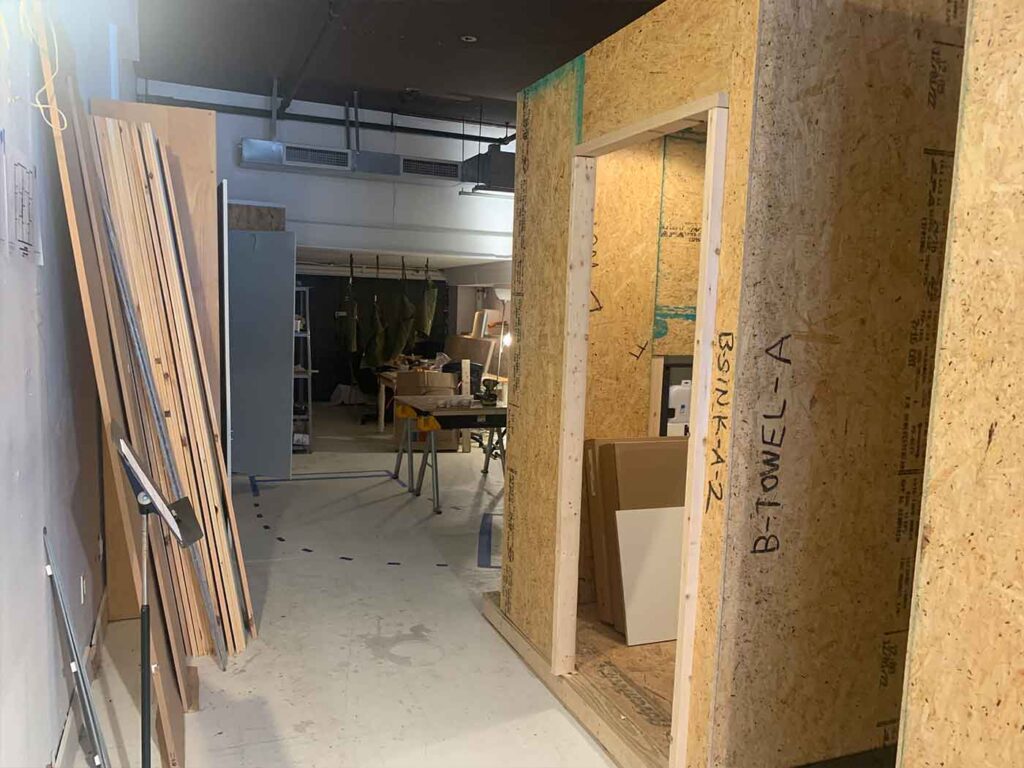
SEON: Looking ahead, what can we expect from Logic Building Systems in terms of scaling up and influencing the broader construction landscape? Are there any upcoming projects or developments that you’re particularly excited about?
JVN: The sustainable benefits of modular are in critical need. We want Logic to part of a wave of new construction practices that make the construction industry cleaner, faster, and less wasteful. Kitchens and bathrooms are Logic’s beachhead product line. Enclosure panels, structural components, and other products are in our future. But what excites me most is the way we are building a software backbone to help designers plan modular buildings with less risk, uncertainty, or toil. Logic’s future is about end-to-end solutions.
SEON: Finally, as builders are at the forefront of implementing new construction methodologies, what advice would you offer to those who are intrigued by the potential of Logic Building Systems but may be hesitant to make the leap into this innovative approach?
JVN: Hesitation is a natural response to new things. But the need for change in the construction industry is overdue: housing costs are way too high, and ecological building practices haven’t arrived. Our children will ask us, “When it became clear that climate change was real, and inequity was worsening, what did you do to help?” Let’s give them a good answer.
